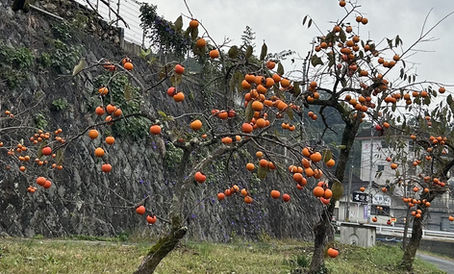Mishima City, Shizuoka Prefecture, originated from the shrine town of Mishima-Taisha Shrine.
- Masahisa Takaki

- Oct 23, 2022
- 1 min read
Updated: Oct 28, 2022
From the 8th to 12th century, Mishima City was the seat of the local government of the entire Izu Peninsula. Mishima-Taisha Shrine stands in the center of Mishima City along the old Tokaido Highway and was worshipped by the locals as a guardian deity to quell the eruption of the Izu Islands. The Izu Islands are made up of many volacanic islands. In the 13th century, when Japan's first samurai government was established in Kamakura comparatively close to Mishima, Minamoto Yoritomo, who became the de facto ruler of Japan, came to believe in this shrine, and later this gradually gathered the faith of the people traveling back and forth on the old Tokaido Highway. The name of Mishima City stems from this Mishima-Taisha Shrine. The Main Hall with a green roof in the back left of the first photo was rebuilt in 1886 after being destroyed by a big earthquake in 1854. This building is a faithful reproduction of the one built by Tokugawa Iemitsu, the third Tokugawa Shogun, in the mid-17th century, and is designated as an important cultural property of Japan. The Buden Hall in the front right of the same photo was also rebuilt at the same time as the Main Hall, where religious dances and other Shinto rituals have been performed. The second photo shows a 1,200-year-old fragrant olive tree standing in the precincts. This tree is designated as a national natural monument.
Licensed tour guide, travel consultant,
Masahisa Takaki.
全国通訳案内士 高木聖久。








Comments